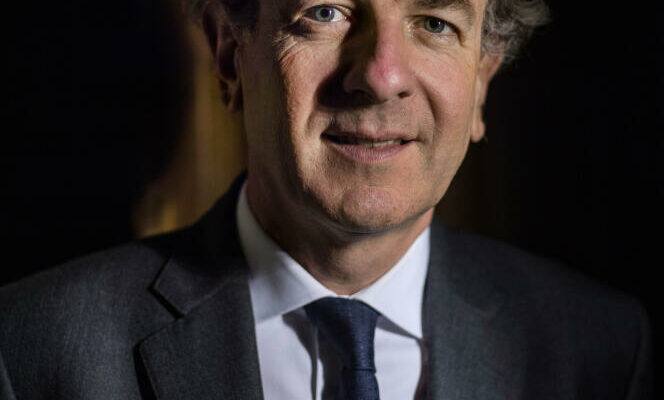The group headed by brothers Thierry, Stéphane and Laurent Gardinier and their approximately 350 employees is today devoted almost exclusively to the gastronomy and hospitality professions. But the family business has undergone several changes since its creation in 1926.
At the end of the First World War, Lucien Gardinier, grandfather of the current leaders, made his fortune thanks to organic fertilizers. Two of his nine children, Xavier and François, then prospered by betting on the chemical fertilizer revolution. It was after reselling this branch to Rhône-Poulenc and Cargill that Xavier Gardinier, father of Thierry, Stéphane and Laurent, branched the family history into wine and gastronomy.
With the jackpot from the sale of the fertilizer subsidiary, Xavier Gardinier acquired the champagne houses Lanson (in 1975) and Pommery (in 1979). Before selling these to BSN, the future Danone group, in 1984, he transformed the former castle of Louise Pommery, Marquise de Polignac, located in Reims, in the vast Crayères park, into a hotel-restaurant. He operates it, with the complicity of chef Gérard Boyer, who won three stars there in 1983, before the Gardinier group definitively bought Les Crayères in 2001.
In the meantime, the family business has acquired Phélan Ségur, the prestigious estate in the Saint-Estèphe appellation, resold in 2018, and 2,500 hectares of orange groves in Florida, still exploited by the group.
Very distinctive wine lists
After the death of their father in 2013, at the age of 82, the Gardinier brothers increased their investments in the food industry and the hotel industry. After Les Crayères and Le Taillevent, they bought Le Comptoir du Caviar in 2015, then Drouant in 2018. Laurent Gardinier also became, in 2023, president of the Relais & Châteaux association.
Although the Gardiniers no longer farm vines, wine remains a major focus of their development. Through very identity maps – the unrivaled scale of that of Taillevent, the very champagne-focused one of Les Crayères, that of Drouant now focused on the Rhône. Also through the opening of new boutiques and the expansion of the Taillevent wine brand, seeking to embody the archetype of different appellations, in collaboration with around fifty winegrowers. Finally, through the creation of Mercurium, a “B to B” company centralizing the purchasing, storage and resale of wines to the group’s various restaurants. “A restaurant’s revenue is generally split between 75% food and 25% drinks.remarks Laurent Gardinier. In our establishments, it is more of a ratio of 70-30, or even 65-35. Without a drop in wine consumption. »
